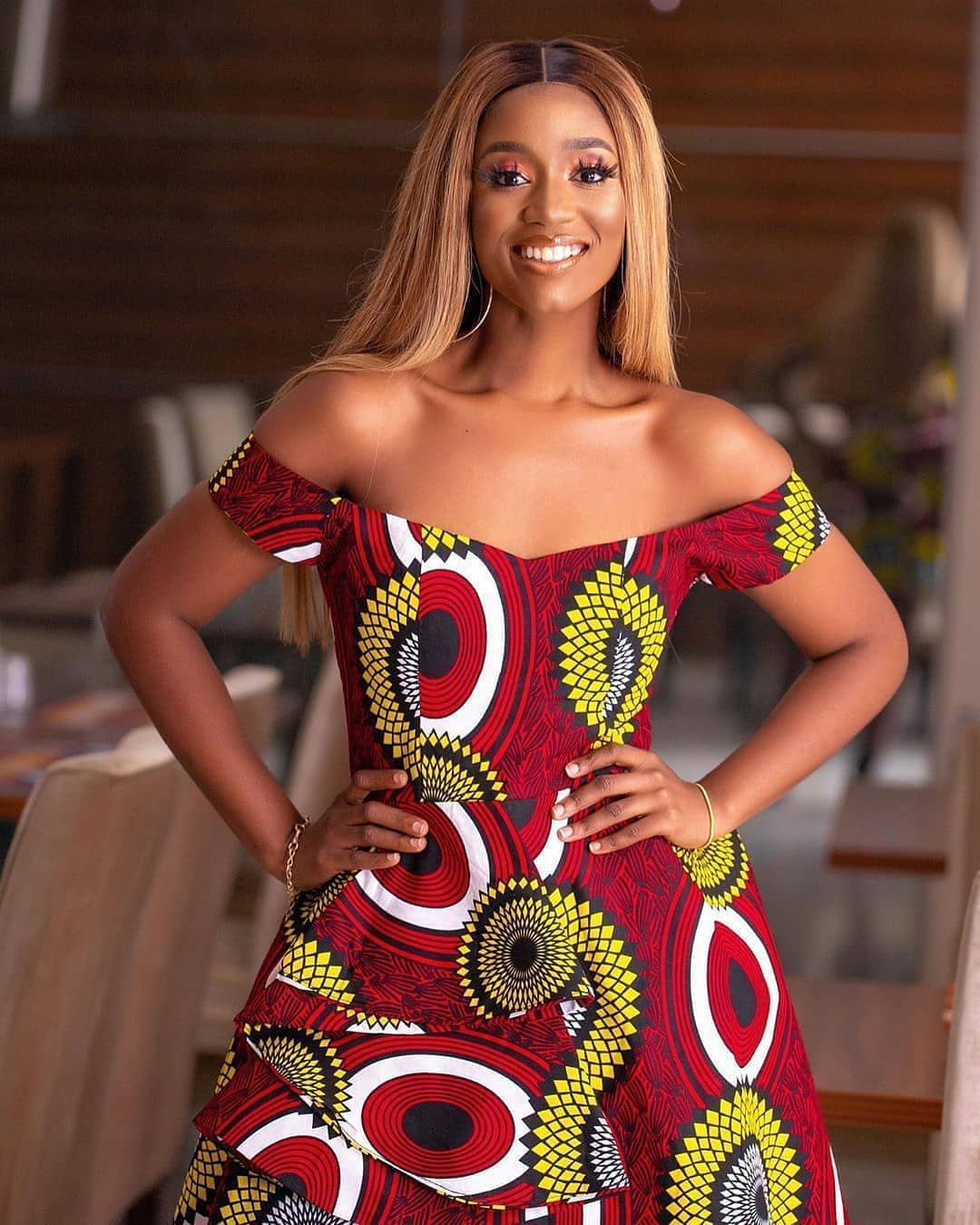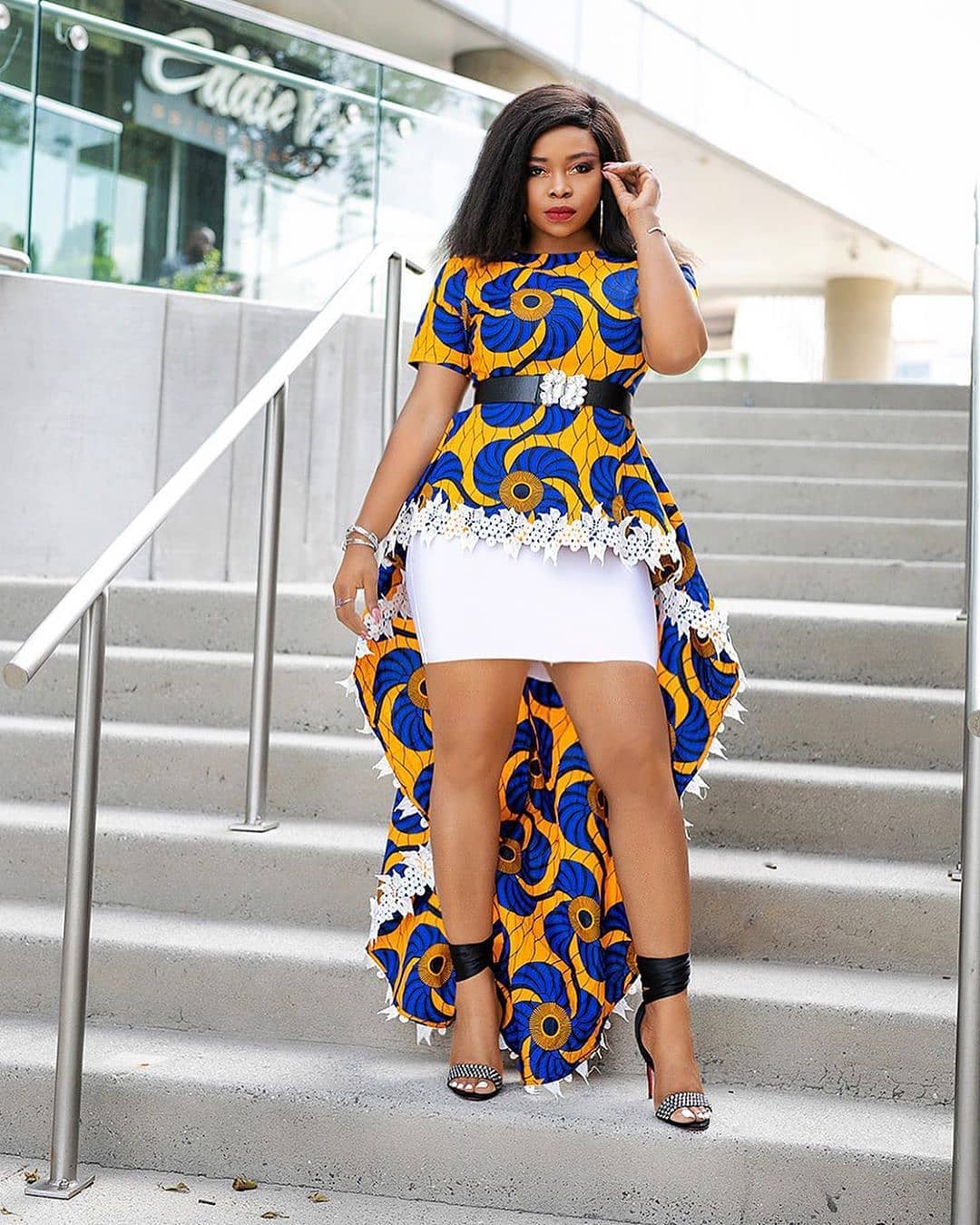A Comprehensive Guide To African Dresses: Embracing Culture And Style
African dresses have become a global fashion phenomenon, celebrated for their vibrant colors, intricate designs, and rich cultural heritage. From traditional garments to contemporary adaptations, these dresses reflect the diverse cultures and histories of the African continent. In this article, we will explore the significance of African dresses, their styles, and how they have evolved over time, while also providing insights into how to wear them and where to find the best pieces.
The beauty of African dresses lies not only in their aesthetic appeal but also in the stories they tell. Each piece often represents a particular tribe or region, showcasing unique patterns and textiles that have been passed down through generations. With the rising interest in sustainable fashion, many designers are now incorporating traditional elements into modern clothing, creating a beautiful fusion of old and new.
As we delve deeper into the world of African dresses, we will also highlight the importance of supporting artisans and local communities that create these stunning garments. Whether you are looking to make a fashion statement or simply want to appreciate the art of African textiles, this guide will equip you with everything you need to know about African dresses.
Table of Contents
- 1. The Cultural Significance of African Dresses
- 2. Traditional African Dress Styles
- 3. Contemporary Adaptations of African Dresses
- 4. How to Wear African Dresses
- 5. Where to Buy Authentic African Dresses
- 6. Supporting Local Artisans
- 7. Care and Maintenance of African Dresses
- 8. Conclusion
1. The Cultural Significance of African Dresses
African dresses are not just clothing; they embody the identity, history, and traditions of various African cultures. Each region has its unique attire that reflects its heritage. For instance:
- The Kente cloth from Ghana symbolizes wealth and cultural pride.
- The Dashiki is popular in West Africa and represents festivity and celebration.
- Zulu beadwork in South Africa tells stories of love, identity, and social status.
These garments are often worn during significant life events such as weddings, funerals, and festivals, marking them as important cultural artifacts.
2. Traditional African Dress Styles
Traditional African dresses come in various styles, each with its unique characteristics. Some popular styles include:
2.1. Kente Cloth
Kente cloth is a brightly colored fabric woven from silk and cotton, originating from the Ashanti people of Ghana. It is often worn as a wrap-around skirt or dress and is known for its intricate patterns and symbolism.
2.2. Agbada
The Agbada is a flowing gown typically worn by men, consisting of a wide-sleeved robe and trousers. It is often adorned with embroidery and is a staple at formal occasions.
2.3. Boubou
The Boubou is a unisex garment that consists of a long flowing robe. It is popular in West Africa and is often worn with matching trousers. The Boubou is known for its versatility and comfort.
3. Contemporary Adaptations of African Dresses
In recent years, African fashion designers have begun to blend traditional styles with modern fashion trends. This has led to the emergence of contemporary African dresses that appeal to a global audience.
- Designers like Ozwald Boateng and Lisa Folawiyo are known for their innovative approaches to African textiles.
- Many contemporary dresses feature bold prints and are designed for various occasions, from casual wear to red carpet events.
4. How to Wear African Dresses
Wearing African dresses can be a stylish way to embrace cultural heritage. Here are some tips on how to wear them effectively:
- Pair traditional dresses with modern accessories for a balanced look.
- Consider the occasion; opt for more elaborate designs for formal events and simpler styles for casual outings.
- Experiment with layering; a colorful shawl or jacket can enhance the outfit.
5. Where to Buy Authentic African Dresses
Finding authentic African dresses can be a rewarding experience. Here are some recommended places:
- Local markets in Africa often have a wide variety of traditional garments.
- Online retailers like “African Fashion Online” and “Osewa” offer a selection of authentic dresses.
- Support local designers by checking out boutiques that specialize in African fashion.
6. Supporting Local Artisans
By purchasing African dresses, you are not just buying clothing; you are supporting local artisans and their communities. Many artisans rely on the sale of their handcrafted garments to sustain their livelihoods.
Consider the following ways to support these communities:
- Purchase directly from artisans at local markets or festivals.
- Participate in fair trade initiatives that promote ethical fashion.
7. Care and Maintenance of African Dresses
To keep your African dresses looking their best, proper care and maintenance are essential. Here are some tips:
- Wash in cold water to preserve colors and fabric integrity.
- Avoid bleach or harsh detergents that can damage the fabric.
- Store in a cool, dry place to prevent fading and moth damage.
8. Conclusion
African dresses are a beautiful representation of culture, creativity, and craftsmanship. By embracing these garments, you not only enhance your wardrobe but also support the rich heritage of the African continent. We encourage you to explore the various styles and find a piece that resonates with you. Share your thoughts in the comments below and consider exploring more about African fashion.
We hope you enjoyed this comprehensive guide on African dresses. Don’t forget to come back for more insights into the world of fashion!
Article Recommendations
- Is Sam Darnold Married
- Emma Digiovine
- Whitney Mathers
- Ramen Noodle Recall
- Jellybeanbrains
- Camilla Araujo Porn
- Aishah Hasnie No Makeup
- Benicio Del Toro Wife
- Yumi Eto
- Joe Scarborough Illness


